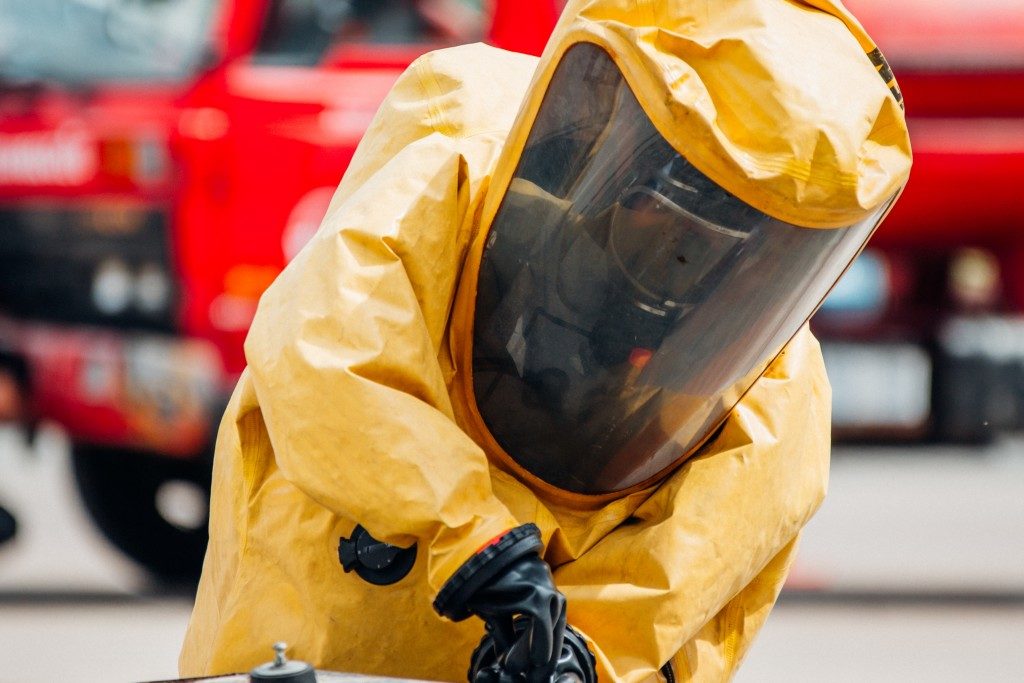Chemicals are essential for a broad range of applications, but they can be hazardous and deadly if used improperly. It is important to remember this fact because you will probably never find a factory, laboratory, or industrial plant without chemicals. Whether as a by-product, process component, or lubricant, a chemical poses a hazard to anyone who interacts with it.
In case of a hazardous material spill in Utah, what action should the affected party take to minimize the risk to people and the damage to the property or the environment?
Communicate to Everyone
Notify everyone once you notice the hazardous spill. Make sure you inform any supervisor about the hazard, and start the evacuations if necessary. There could be laid down emergency procedures in your organization but even if none exists, you can call 911 right away. It is highly advisable to note the type of material and the extent of spillage as you make these reports.
If you can identify someone conversant with the layout of the scene or site, then that makes the work easier for responders. Since safety comes first, make sure all affected or injured individuals are taken to a safe place, too.
Control Hazardous Spill
With everyone away from the area, it is time to do all the necessary actions to ensure that the spill does not spread or get out of control. It is also in this step that all responders get their protective gear. These include shoe covers, chemical splash goggles, and gloves.
It is advisable to consult available literature for the specific gear, but the rule of the thumb is to assume the worst and adorn the best protection. If you can, switch off potential ignition or heat sources and ventilate the area.
Contain the Problem
 After handling the emergency bit of the problem, you now need to contain the spillage. This is all about confining the hazardous material, which is a simple task for small cases but could be difficult for larger spills. In this regard, it is important to arm yourself with the right spill kit and absorbents. There are specific absorbents for acid, coolants, oils, caustics, and so forth.
After handling the emergency bit of the problem, you now need to contain the spillage. This is all about confining the hazardous material, which is a simple task for small cases but could be difficult for larger spills. In this regard, it is important to arm yourself with the right spill kit and absorbents. There are specific absorbents for acid, coolants, oils, caustics, and so forth.
The aim here is to block the spillage at all corners using the absorbent to minimize the spread of hazardous material as much as possible. Of most importance is to stop the spillage from contacting important materials or going down the drain. The environment is at stake, so you may even have to go to the extent of using spill sock or building a dike.
Clear the Spill
Now is the time to evaluate the occurrence and determine the plan for cleaning the area. The most important requirement for the responders is adequate spill cleanup supplies. Special pillows or pads are often used to absorb hazardous material quickly. Place them all over the site of the incident and consider using additional devices, such as pumps and vacuums.
Since what you have now is hazardous waste, dispose of it appropriately. Remember to decontaminate the area and prepare a report as required by the authorities, both at local and national levels.
These steps are simply a guide for responding to spillage of hazardous material. Every company should have a detailed spill response plan that is communicated to every employee. Following these steps will help you become more prepared the next time an incidence happens.
